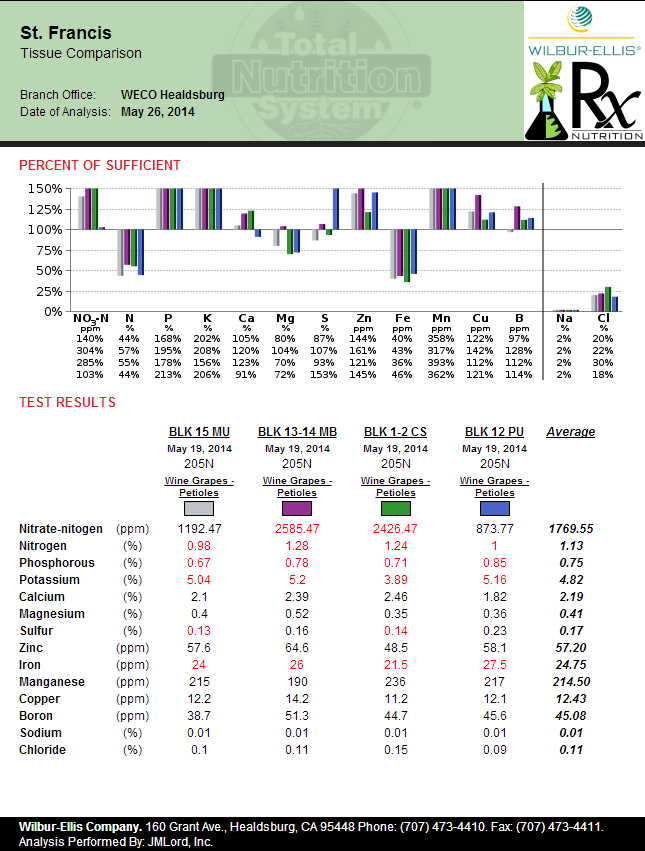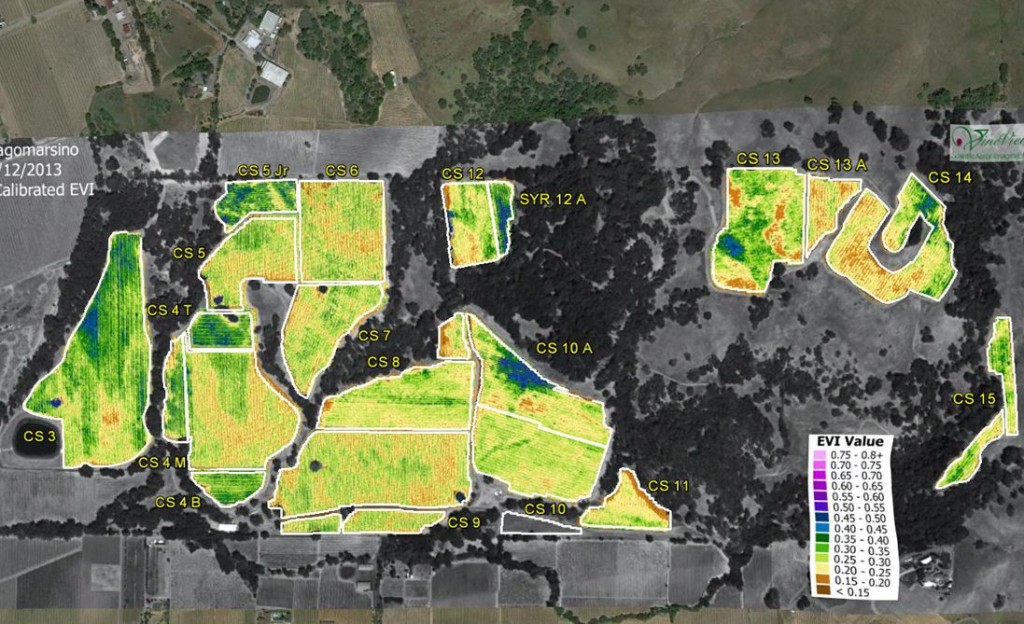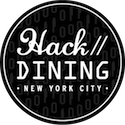Guest post by Jake Terrell, Vineyard Manager, St. Francis Winery. The views expressed here are solely those of the author and do not reflect the views of Food+Tech Connect
What does it mean to farm for individual vine health? To farm this way means essentially looking at the vineyards in small sections and treating each part differently in regards to aspect (a topographical feature of a vineyard including the angle and direction of a slope as well as its altitude) and scope. In other words, taking uniformly farmed blocks and dialing in separate lots to treat them individually.
Why would we do this? A wine can only be as good as the fruit that it comes from. For us at St. Francis Winery, the best wines are not only luscious and fruit forward, but they also show the place they came from, in our case, Sonoma, California. We focus on quality, growing the absolute best grapes we can possibly grow and on the sustainability of our wine making process. St. Francis winery is certified sustainable through the California Sustainable Winegrowing Alliance. Through the use of technology we are able to input fewer resources into the vineyard while continuously improving the quality of our grapes.
As with most producers, we previously looked at vines only in sections, applying a formulaic approach to farming. Now we farm every single vine individually. While all of the work on our vineyards is done by hand, we utilize state-of-the-art technology to dictate what we do, and where. Here’s how:
Nutrition: It is very important that the vine has its nutritional needs met, so that it can grow well balanced fruit. We use petiole sampling on all our ranches to determine the exact need of the vine. The petiole is the portion of the plant that connects the leaf to the cane on a vine. We take sample sets every year at bloom and send them to a laboratory, and we use this data to treat each area differently and give the vine exactly what it needs. For example, we can fertilize based on sub-block needs as opposed to overall application. In most cases, this drastically reduces the amount of inputs onto the vines, allowing us to farm more sustainably while increasing quality.
Normalized Differentiated Vegetative (NDVI) Mapping: We use this on all of our estate ranches to determine small differences in vigor (the growth potential of a grapevine’s canopy) within blocks that would be hard to detect visually. This enables us to get pinpoint accuracy as to where the differences lie within a block and either separate them out completely or differentially farm the area to achieve maximum uniformity.
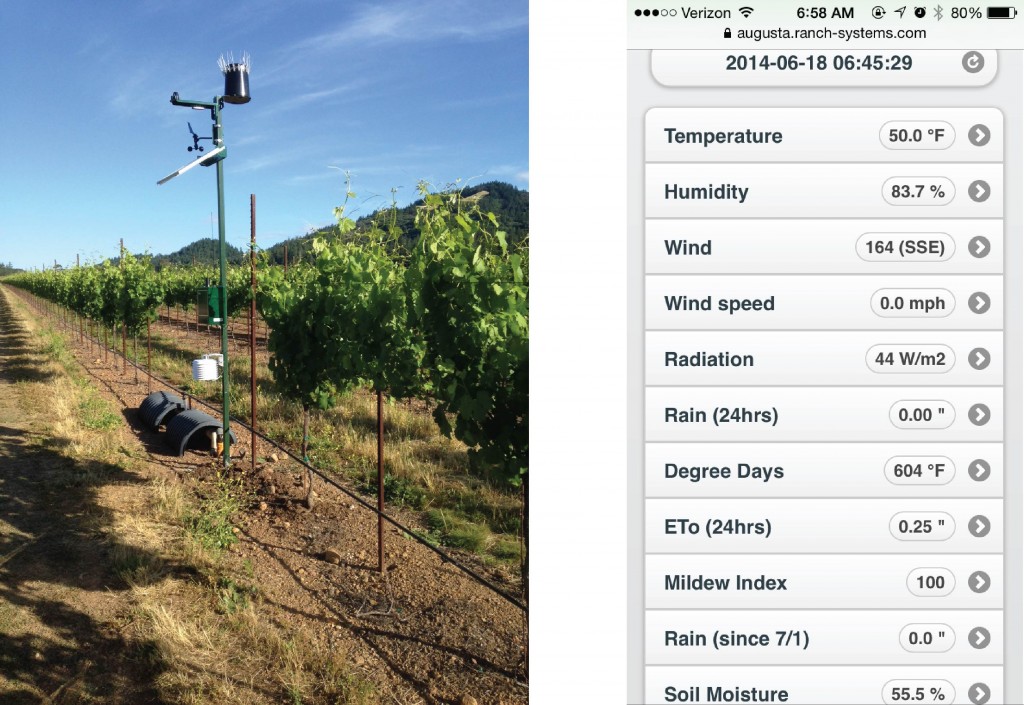
Irrigation: Irrigation is probably the area that a vineyard manager can have the most direct impact on quality for any given vintage. Using NDVI, we have taken larger irrigation blocks (roughly 5-10 acres) and broken them down to create subsets that we can irrigate separately. We strive for vine balance, not over-watering or under-watering. We have installed high tech weather stations on our ranches that give us extremely accurate, up to the minute information. With our smart phones we can look at weather and soil data in real-time wherever we are. Our soil moisture probes go down 4 feet into the ground with sensors at 6” intervals and are linked to our weather stations. Using these probes we can understand more about the soil profile like exactly when, and at what depth, the soil is drying out. We can then irrigate accordingly.
In most cases we are saving water and irrigating, and in all cases we are vastly improving vine health—making a vine that is actively ripening the fruit. This produces fruit that more accurately reflects the terroir of where it comes from and allows our winemakers Katie Madigan and Chris Louton to have the absolute best fruit possible to create wines that are luscious, elegant and fruit driven.
Vine Management: Every single vine gets touched by human hands 9-10 times per year for pruning, suckering/shoot thinning, leafing, fruit thinning, etc., and we do each of these actions differently according to what each vine requires. We use the NDVI maps to help facilitate these decisions as the areas within the blocks are not always easily visible with the naked eye.
Our goal at St. Francis is to make better wine with a focus on sustainability, which is made possible by technology.
Hacking Dining is an online conversation exploring how we might use technology and design to hack a better future for dining. Join the conversation between June 2 – July 30, and share your ideas in the comments, on Twitter using #hackdining, Facebook, LinkedIn or Tumblr.
________________
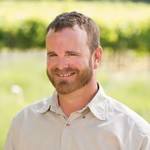 Jake joined St. Francis in 2014 after nearly nine years as a vineyard manager at E. & J. Gallo Winery. For five of those years, he managed the acclaimed Monte Rosso Vineyard in Sonoma’s Moon Mountain appellation. Before coming to Sonoma, he spent nearly three years as vineyard manager at Justin Vineyards & Winery in Paso Robles.
Jake joined St. Francis in 2014 after nearly nine years as a vineyard manager at E. & J. Gallo Winery. For five of those years, he managed the acclaimed Monte Rosso Vineyard in Sonoma’s Moon Mountain appellation. Before coming to Sonoma, he spent nearly three years as vineyard manager at Justin Vineyards & Winery in Paso Robles.
Jake graduated from Cal Poly San Luis Obispo with a Bachelor’s Degree in Agricultural Business and a focus on Viticulture. A recognized leader in “green” viticulture, Jake assisted in revising the Code of Sustainable Winegrowing Practices, which sets standards for sustainable practices in the wine industry and certified St. Francis as a California Sustainable Winery. He is also a home winemaker.
Jake loves variety. Managing day-to-day operations in the vineyards—his dog, Willie, always by his side—Jake’s duties change daily depending on the needs of each vineyard, the weather, and the time of year. “Whether we’re planting, pruning, leaf thinning, or preparing for harvest, it’s literally something different every day,” he says. “It can be challenging, but it’s the job I always wanted to do.”
About St. Francis
For more than four decades, the wines of St. Francis Winery & Vineyards have reflected the finest mountain and valley vineyards in Sonoma County. Founder Joe Martin fell in love with Sonoma Valley and established St. Francis Vineyard in 1971, planting 22 acres of Chardonnay and the first 60 acres of Merlot in Sonoma Valley.
Today, a new generation of winemakers, Katie Madigan and Chris Louton, continues a long tradition of luscious, elegant, fruit-driven wines from Sonoma County grapes. St. Francis farms more than 400 acres of Certified Sustainable estate vineyards in Sonoma Valley and Russian River Valley.
The St. Francis Tasting Room, pairs award-winning wines with the most breathtaking view in Sonoma Valley and features a ZAGAT-recommended Wine & Food Pairing, which was voted “#1 in America” in 2013 by Open Table diners. www.stfranciswinery.com.


